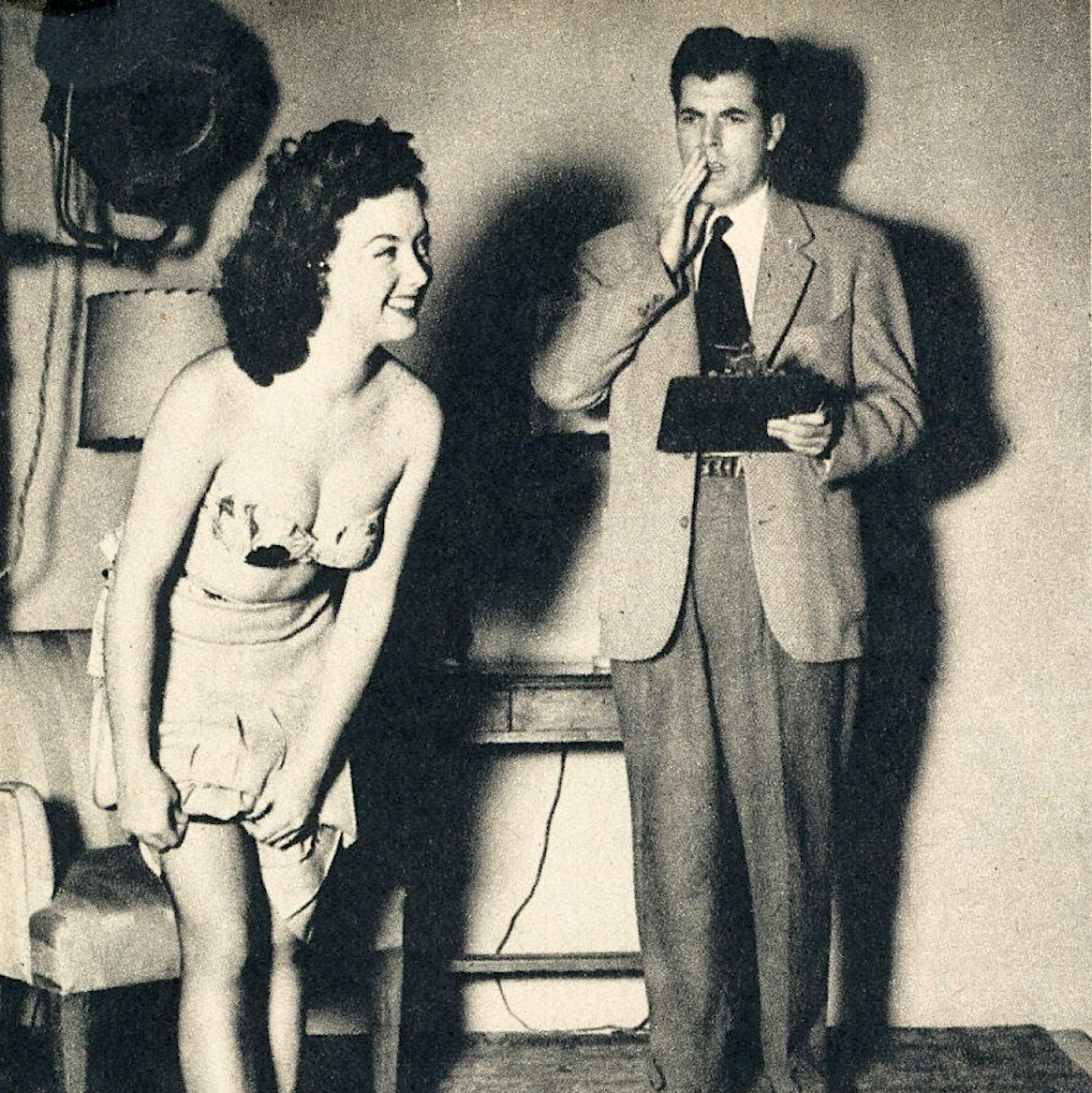
It was a demon box–a box of tricks. Images flickered out of it like devious evil spirits crackling in the very fires of Hell. Oh, yea! Someone had to save the public from themselves. Someone had to ensure that television didn’t lead them into Eternal Damnation!
A hot sunny L.A. afternoon: Middle-aged men in crisp white shirts, thin sleek ties and sharp creaseless grey suits sit around a conference table discussing what can and can’t be seen on television. They don’t want some religious nut coming in here with all that hellfire and damnation shit and they sure don’t want no concerned parents writing-in about their kids reachin’ third base on a first date ’cause a what they saw on the television. No sir, they gotta be rules and rules that are sensible and damned easy to follow and more importantly, rules that make it look like we’re doing something.
Movies had once been constrained by the Hay’s Code for Motion Pictures which had a long list of Do’s and Don’ts on acceptable screen behaviour. Now TV execs were figuring out their own taboos. Unlike cinema, television was already in the home so the viewer didn’t have full control of what could or could not be seen. The kids might turn on the TV while Mom was frosting cake or Dad hiding down in the basement and BLAM! some glimpse of pale stockinged thigh or cleavage to die for, or worse some boozed-up hep cats holding that kiss way, way too long to be decent.
But there was an irony here as the channel excecs thought up a list of taboos, which the ads that paid for these shows pushed against–using sex to sell everything from soda pop to smooth, cool (phallic) cigarettes.
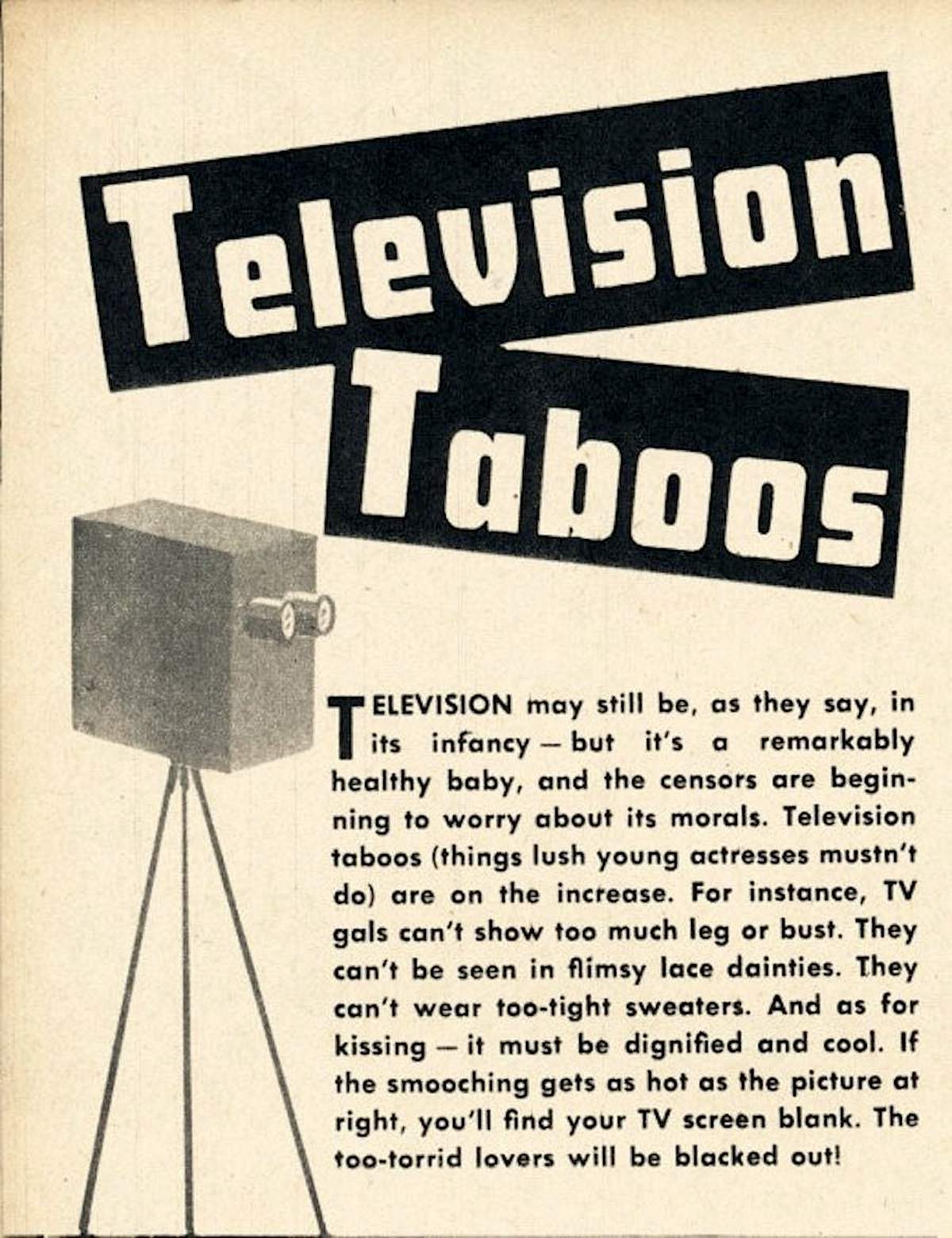
These pages from a 1949 guide to Television Taboos are fairly innocent and amusing (if not reasonable) when compared to today–where taboos are seen as challenge to be broken, a target to be met, rather than something to be upheld. Swearing was once a “taboo” on TV until that a fucking drama critic Kenneth fucking Tynan said “fuck” on a chat show in 1965 leading to debate in parliament about TV and its lowering standards. Spool forward a few years and the taboos are redefined as “rights” with issues being made over gays and lesbians kissing on TV–as seen in British soaps Eastenders in 1989 and Brookside 1994. Next, of course, was full on gay sex with Queer as Folk in 1999–for if straights can watch shagging then why not LGBTQIA or whoever? Which surprisingly led TV commissioners on to breaking the taboo of bestiality in the shock-doc Hidden Love also in 1999. Inevtiably, after sex came death and a whole series of documentaries on necrophilia, autopsies, live autopsies, filming people dying and even cannibalism–the documentary Beijing Swings which was condemned for showing a Chinese artist who ate a baby in 2003–until today when there are very few taboos left for television execs to break rather than uphold. Where TV can now run riot, the world of academia has started a strange and puritanical form of self-(loathing)-censorship with “trigger warnings” and re-editing, re-censoring texts that may prove too offensive because of their language or ideas. Who would have thought that in this multi-media visual age that words rather than deeds would become the bigger taboo?

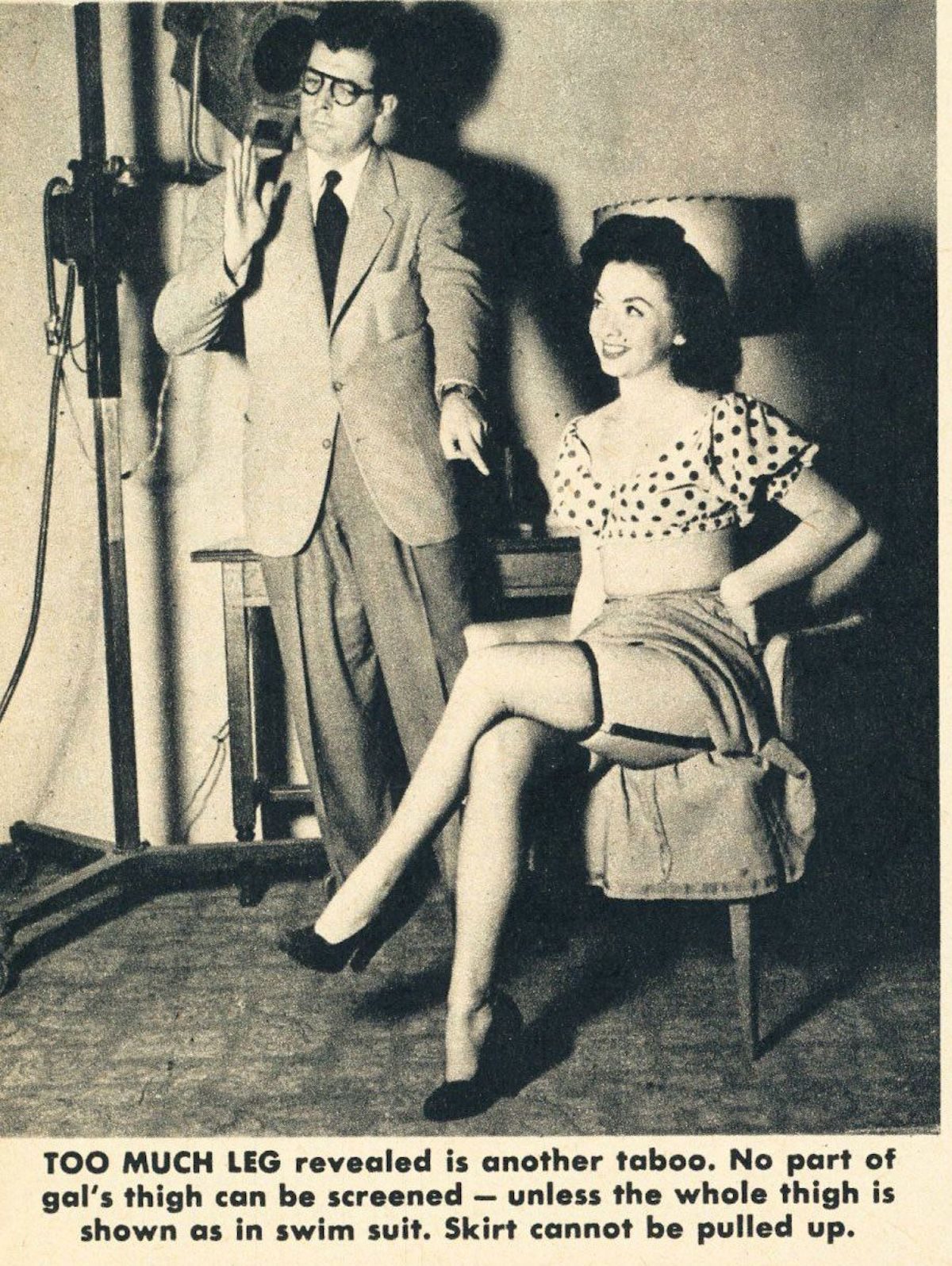
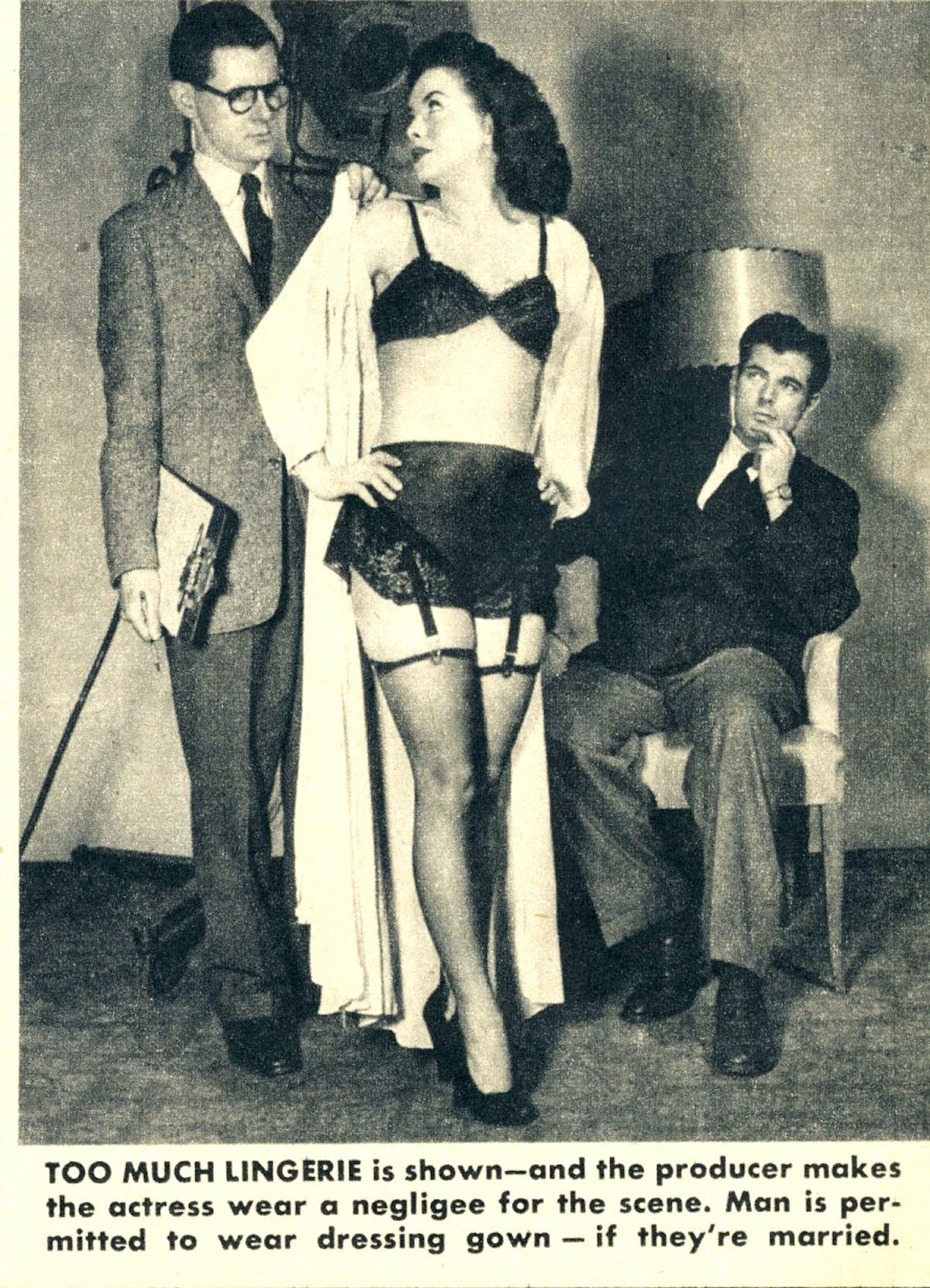
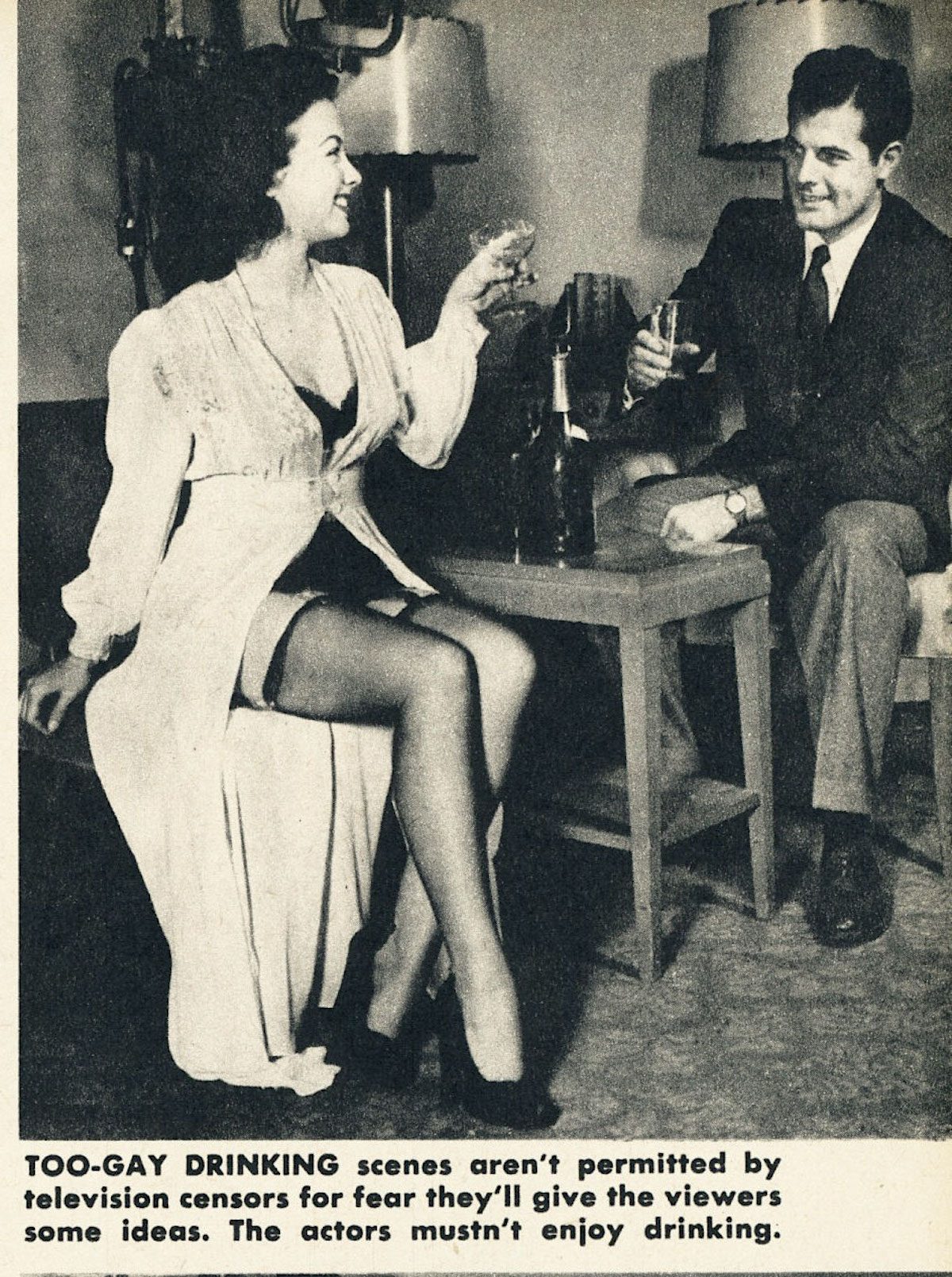
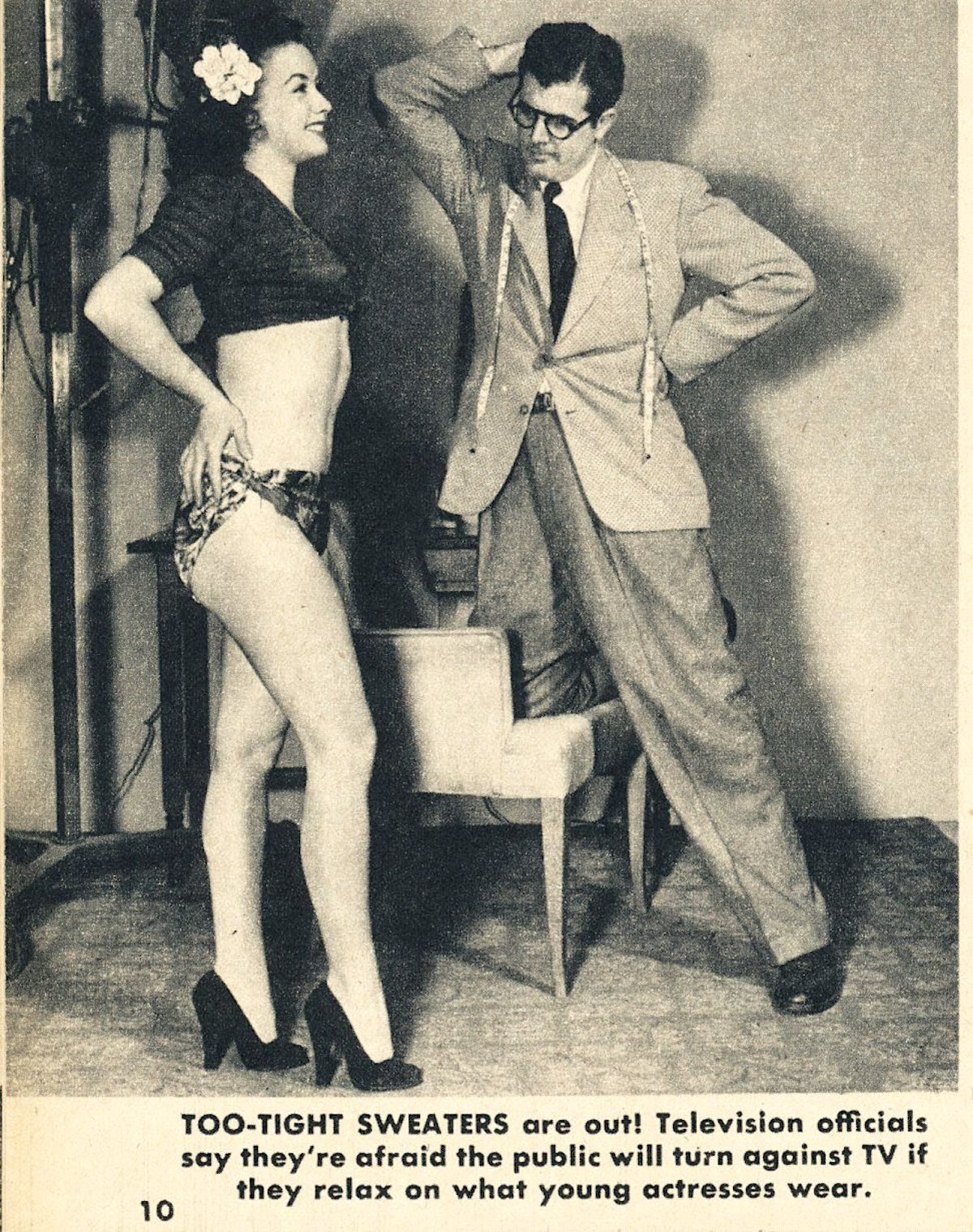
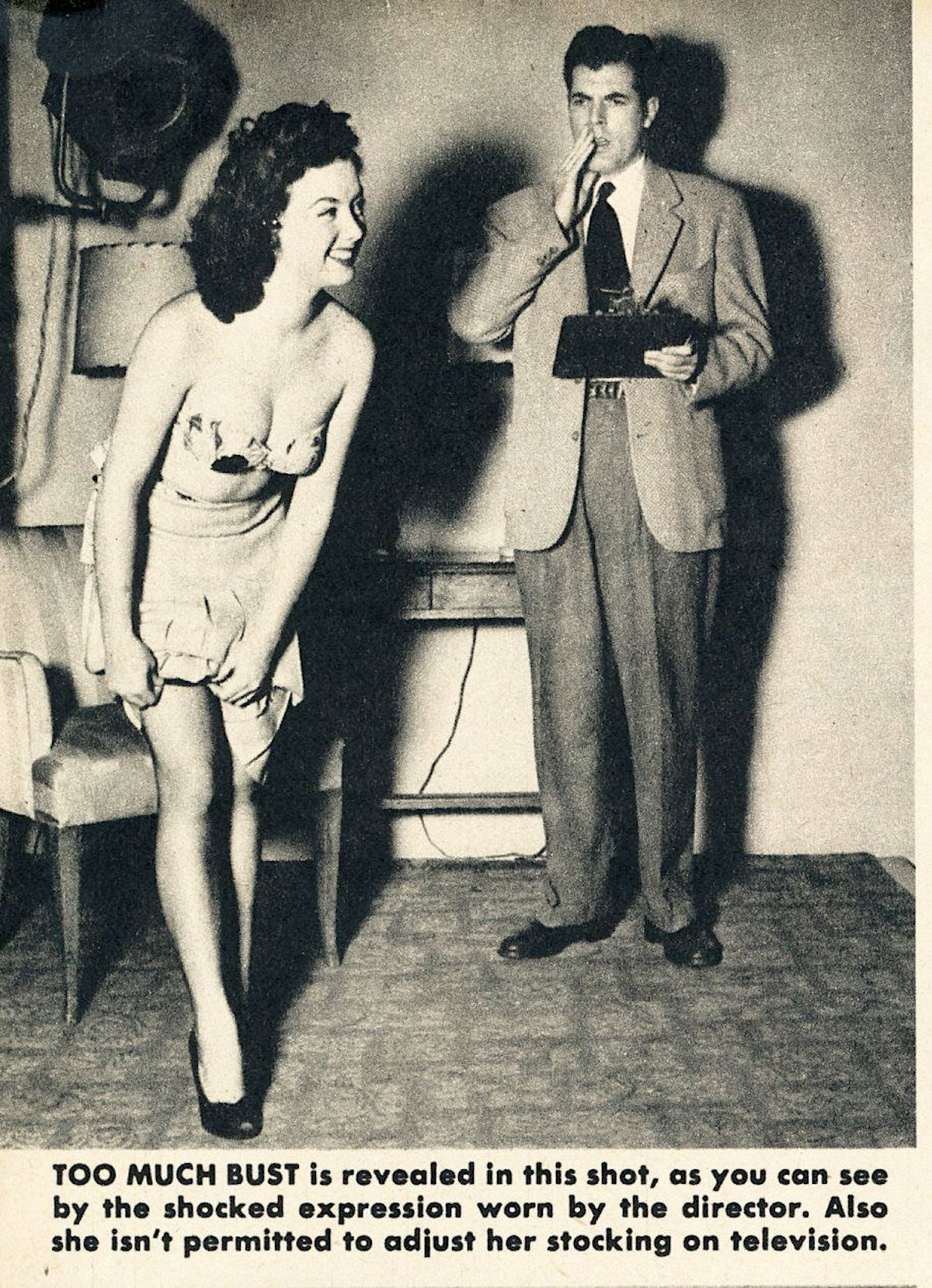
Would you like to support Flashbak?
Please consider making a donation to our site. We don't want to rely on ads to bring you the best of visual culture. You can also support us by signing up to our Mailing List. And you can also follow us on Facebook, Instagram and Twitter. For great art and culture delivered to your door, visit our shop.

